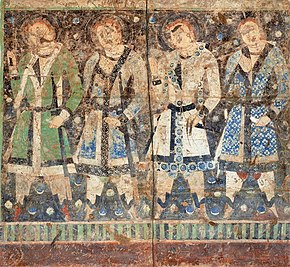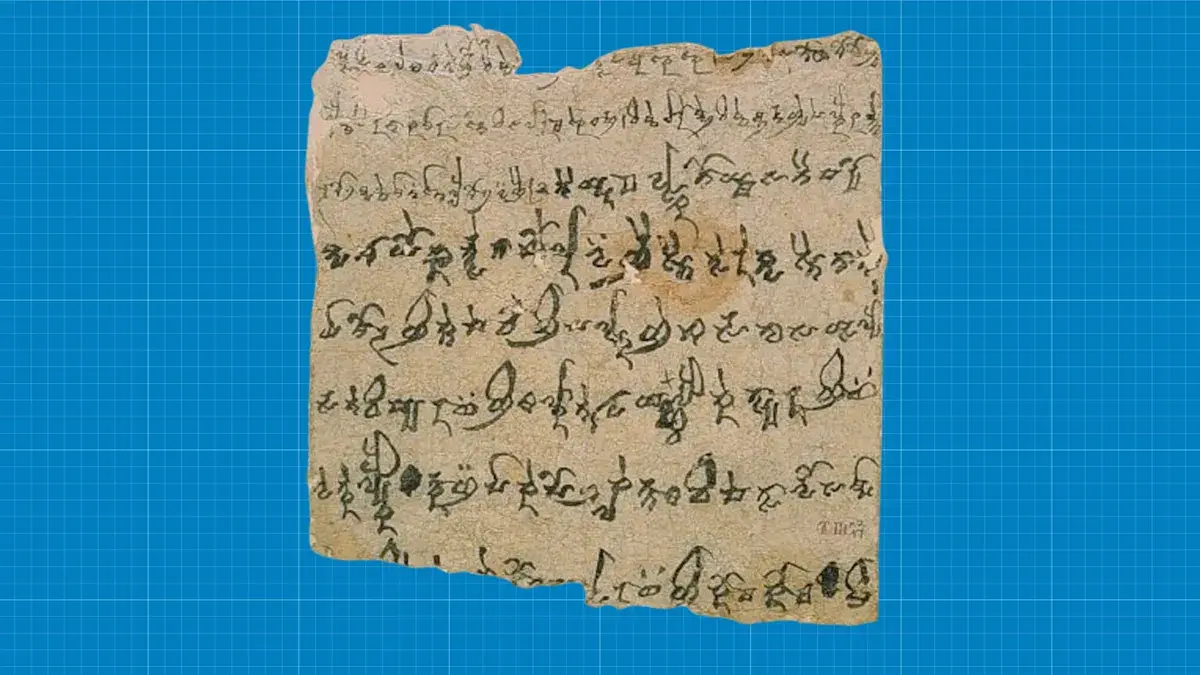The incredible migrations of the Proto-Indo-Europeans

Historical linguists have embarked on the ambitious reconstruction of the common ancestral language that underpins the tapestry of languages spoken in Europe and South Asia today.
From English to Hindi, Greek to Urdu, these languages share an intriguing origin: Old Proto-Indo-European (PIE).
This linguistic precursor, believed to have been spoken between 4,500 BC and 2,500 BC, forms the root of a diverse language family.
Who were the Proto-Indo-Europeans?
Although there are no written records of the PIE, its echoes continue to reverberate through the ages.
PIE's homeland is believed to have been located in what is now eastern Ukraine, a cradle from which various groups split over time, giving rise to languages that stretched from the coasts of Ireland to the Indian Ocean.
The Tocharian language, an extinct branch of the Indo-European family, traveled more than 4,000 kilometers from Europe to the Tarim Basin in northwest China.
This journey, made by the Tocharians, whose origins have remained shrouded in mystery, fascinates researchers seeking to unravel the intricacies of their migration.
The Tocharian Trek project is a pioneering European research project funded by the EU and coordinated by Professor Michaël Peyrot of the University of Leiden. It is a six-year journey, which will end in December 2023, and which aims to codify the migratory and linguistic processes of the ancient Tochari.
To piece together the puzzle, the researchers analyzed the whereabouts of the Tocharians between 3,500 BC and AD 400, weaving a narrative from their ancestral homeland to their eventual settlement in the Tarim Basin.
The trip highlighted a dynamic interaction between the PIE dialect of the Tocharians and the various languages encountered along the way.
This interaction has led to linguistic adaptations that have influenced the development of recorded languages.
The project unearths linguistic gems that hold clues about the past. The borrowed words testify to the interactions between different linguistic communities.
The Tocaran language
An illustrative example emerges in Tocharian dialect B: the word "sword", "kertte", was borrowed from "karta" in Old Iranian, offering a tangible link to the complexities of language contact.
Contrary to previous hypotheses, the research team pinpointed the arrival of the Tocharians in the Tarim Basin around 1,000 BC.
This revelation recalibrates the historical importance of Tocharians in the region, highlighting the role of Iranian languages and cultures that have played a pivotal role in shaping the linguistic landscape.
Upon completion of their project, the researchers found that the Tocharians probably moved away from the PIE family later than expected. They drifted off following Anatolian, ancient languages spoken in present-day Türkiye.
As the narrative threads of the Tocharian language are woven into a coherent tapestry, the research underscores the powerful influence of language on human history.
In this way, it reveals stories of migration, contact and adaptation that have left an indelible mark on the global linguistic fabric.

Thanks to our Telegram channel you can stay updated on the publication of new articles from Economic Scenarios.
The article The incredible migrations of the Proto-Indo-Europeans comes from Scenari Economici .
This is a machine translation of a post published on Scenari Economici at the URL https://scenarieconomici.it/le-incredibili-migrazioni-dei-proto-indoeuropei/ on Wed, 16 Aug 2023 09:00:41 +0000.


